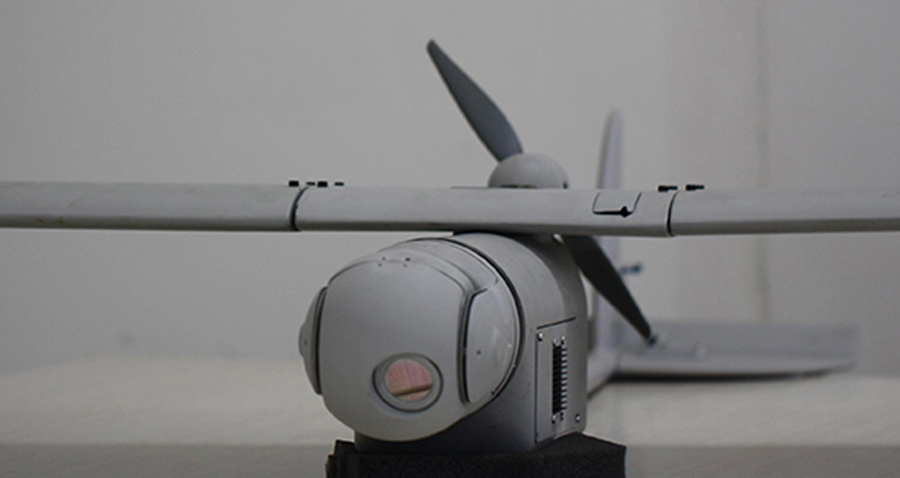
When a fire broke out in a shopping center in Calcutta last year, the police force pulled out an unusual weapon from its arsenal. A small, unmanned aerial vehicle (UAV) was launched to provide real-time visuals to ensure that no one was trapped inside the building. This is just one example of how UAVs can be used, but the potential is huge. Meet Asteria Aerospace, an Indian company specializing in mini-sized versatile UAVs made using high-performance composite materials and a Divinycell core.
UAVs are gaining ground
UAV is an acronym for Unmanned Aerial Vehicle, which is an aircraft with no pilot, crew or passengers on board. UAVs can be remote controlled or fly autonomously based on pre-programmed flight plans.
The US military began experimenting with unmanned aircraft as early as World War I. By World War II, unmanned aircraft could be controlled by radio signals, usually from another aircraft. Vehicles that could return from a mission and be recovered appeared in the late 1950s. Today, UAVs perform a wide range of mission in both military and civil applications. From military surveillance to rescue operations, aerial news coverage and pizza deliveries, UAVs make headlines all over the world.
CYGNUS A10 – lightweight and equipped with a full HD camera
In India, there are nearly 50 UAV producers. One of them is Asteria Aerospace in Bangalore, founded in 2011 by Nihar Vartak and Neel Mehta, two aerospace engineers from Purdue University with working experience from aerospace giants such as Boeing and Rockwell Collins.
–We wanted to set up a full lifecycle company that can create a complete product, says Neel Mehta. We chose UAVs because we had worked on them earlier and we recognized the disruptive potential of UAVs in applications such as military surveillance, mapping, search and rescue, industrial inspections, and disaster management among others.
Asteria’s flagship product is the CYGNUS A10, a mini UAV designed from the ground up for military and civilian surveillance applications. CYGNUS A10 flies autonomously from takeoff to landing and carries a high-resolution daylight/infrared camera for aerial observation. It differentiates itself from the competition by being the first-in-class UAV to deliver real-time HD resolution aerial video.
–This innovation allows operators to spot much greater detail in their aerial images and videos leading to higher effectiveness of the system, says Neel Mehta.
Divinycell gives strength and design freedom
CYGNUS A10 is small and very lightweight. Its airframe is constructed primarily out of high-performance composite materials using Divinycell H foam core as the sandwich core. Divinycell H is used in the manufacturing of all major parts, including the fuselage, wing and empennage assemblies.
–Asteria wanted a thin core material with a high strength-to-weight ratio and low resin uptake to make the parts strong and stiff yet lightweight, says Dattaraj Nachnolkar at Diab India.
The Diab Divinycell H range is widely used in various applications for sandwich composite structures and provides superior mechanical properties. It is well suited for hand layup and vacuum bagging processes and it is also ideal for thermoforming, which greatly simplifies the process of shaping the core to complex curvatures of aerodynamic surfaces.
–We have had a good working relationship with Diab for a couple of years now, says Neel Mehta. We were very pleased that Diab was able to provide a non-standard core thickness in a short time frame to support our prototyping.
Walking on air
The early response to the CYGNUS A10 system is very encouraging from military, paramilitary, civilian and industrial customers. With a wingspan of 1.6 m and weighing just 3.6 kg, this little UAV is extremely versatile and operable under all weather conditions.
–It can be transported and stored in rugged cases and it doesn’t require any runway, says Neel Mehta. So basically, it can be used in any terrain.
